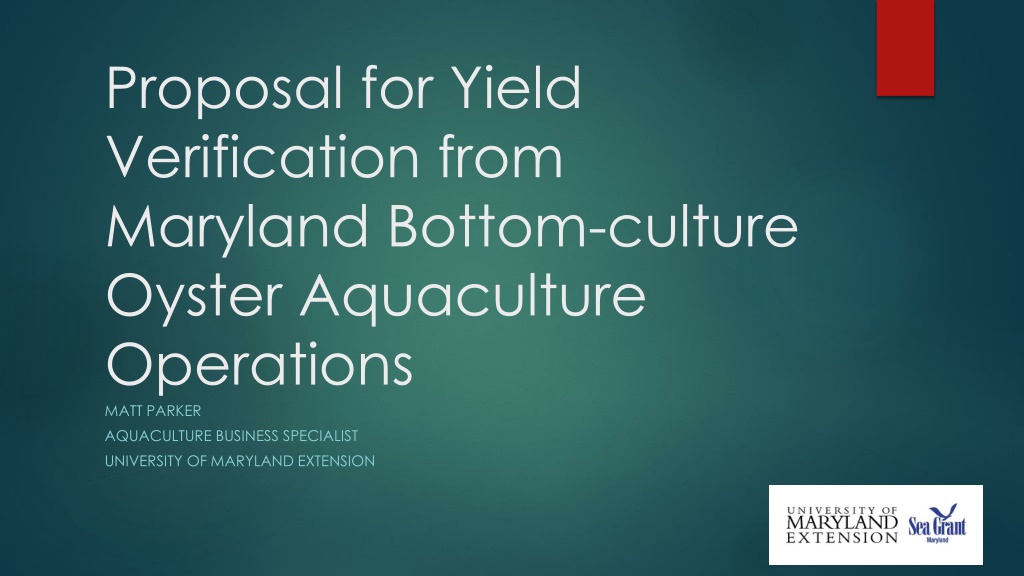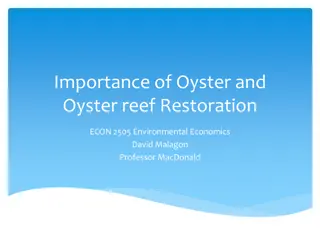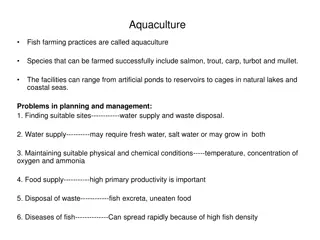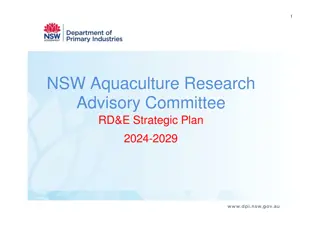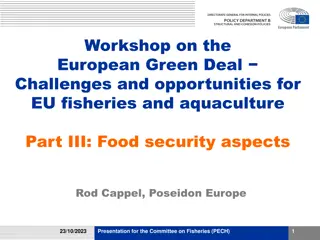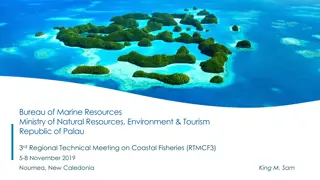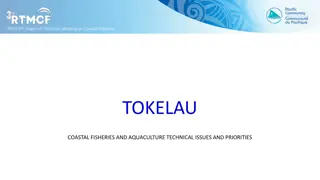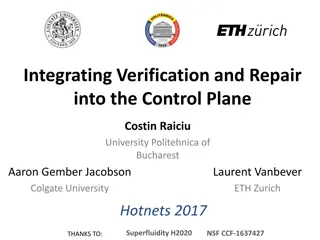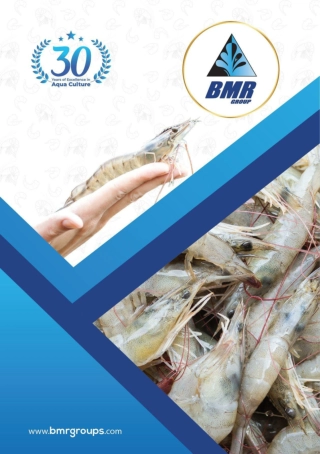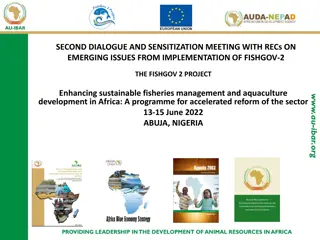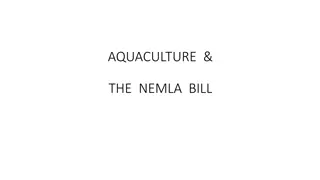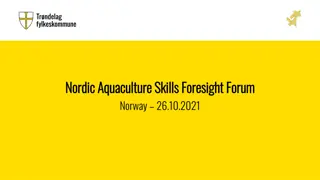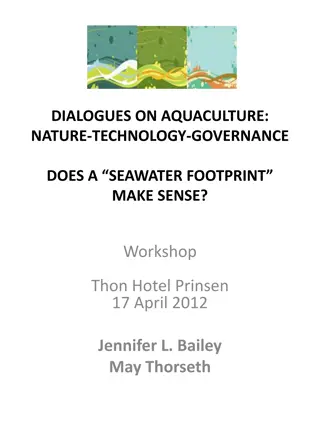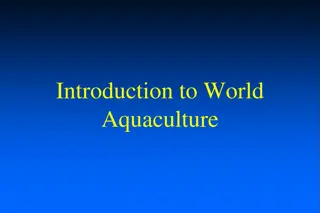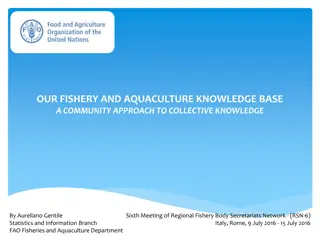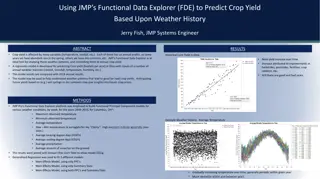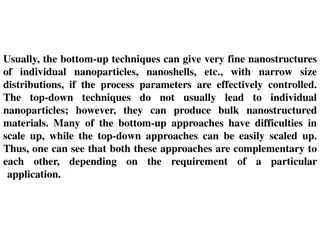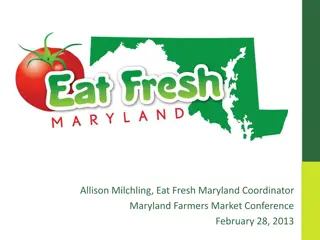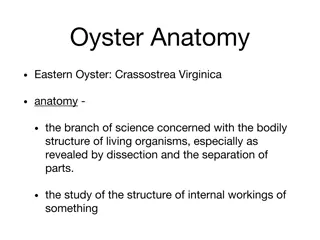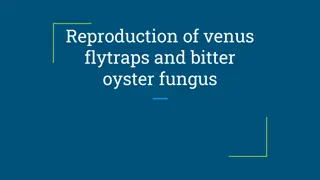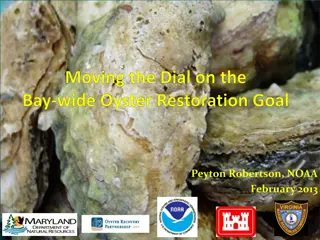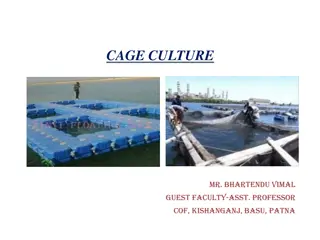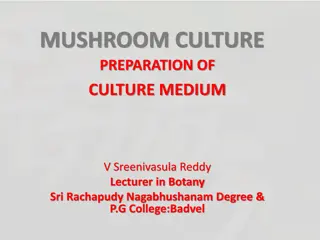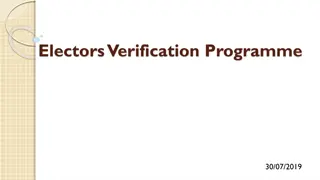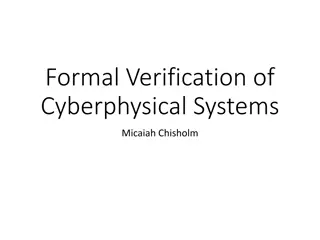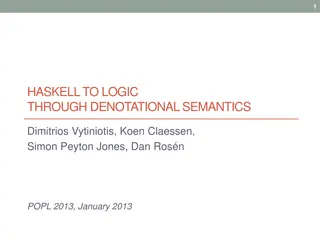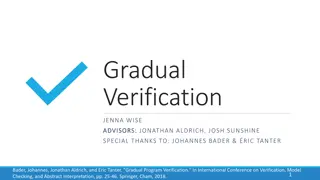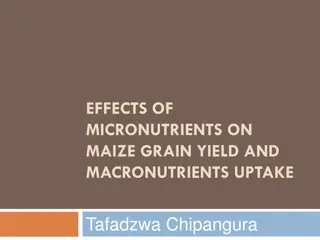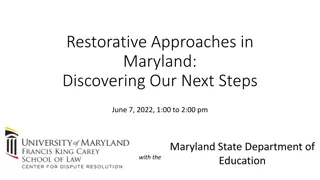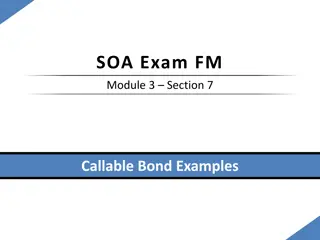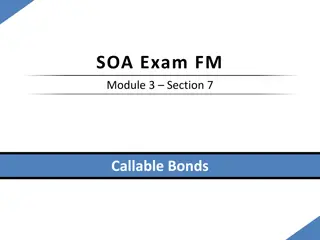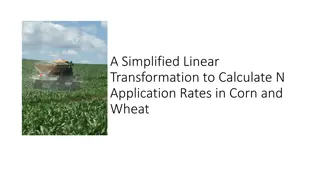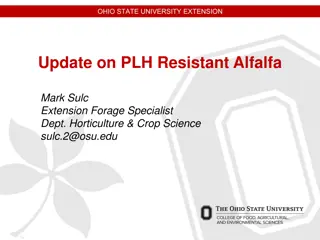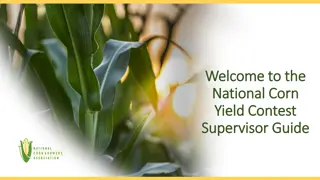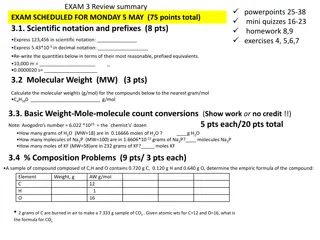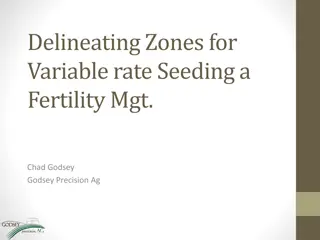Yield Verification Study for Maryland Bottom-culture Oyster Aquaculture
Maryland's bottom-culture oyster aquaculture has seen rapid growth, but growers struggle to accurately predict yields. This proposal outlines a study to determine survival rates, optimal spat planting density, and growth rates for market-sized oysters. Collaboration with experts and producers will provide valuable insights to enhance profitability.
Uploaded on Sep 22, 2024 | 0 Views
Download Presentation

Please find below an Image/Link to download the presentation.
The content on the website is provided AS IS for your information and personal use only. It may not be sold, licensed, or shared on other websites without obtaining consent from the author. Download presentation by click this link. If you encounter any issues during the download, it is possible that the publisher has removed the file from their server.
E N D
Presentation Transcript
Proposal for Yield Verification from Maryland Bottom-culture Oyster Aquaculture Operations MATT PARKER AQUACULTURE BUSINESS SPECIALIST UNIVERSITY OF MARYLAND EXTENSION
Situation Bottom-culture of oysters in Maryland has increased rapidly since revision of leasing laws in 2009. Maryland Aquaculture Bottom Culture Oyster Production 2012-2020 50,000 44,805 45,000 39,987 Covid Influences Freshette influences 40,000 33,067 35,000 30,408 29,850 28,277 30,000 bushels 25,000 20,000 17,448 15,134 15,000 10,000 5,000 1,417 - 2012 2013 2014 2015 2016 2017 2018 2019 2020
Situation Recent studies showed large scale bottom culture of oysters has a high profit potential with relatively low risk. Bottom-Culture Farm Size 5 acres 10 acres 20 acres 100 acres Rate of Return* -84% to -75% -5% to -1% 9% to 14% 27% to 30% *dependent on source of financing. Parker, M, Lipton, D, and Harrell, RM.(2020) Impact financing and aquaculture: Maryland oyster aquaculture profitability. Journal of the World Aquaculture Society. 2020; 1 22. https://doi.org/10.1111/jwas.12702. Engle, C.R., J. van Senten, M. Parker, D. Webster, and C. Clark. 2021. Economic trade-offs and risk between traditional bottom and container culture of oysters on Maryland farms. Aquaculture Economics & Management. DOI:10.1080/13657305.2021.1938295
Problem Growers have been unable to calculate yields like traditional agriculture. Production reported does not match what is we predict using grower information and past research. Questions we have: What is the actual survival from spat to harvest? How many spat should be planted per acre to determine optimal profit? How fast do spat on shell oysters grow to market size? Typical grant funders only fund projects for 2-3 years. Bottom-culture oysters take longer than that to reach market size in MD.
Proposal for Bottom-culture Production Verification Study University of Maryland Extension will seek funding to do a yield verification study for bottom-culture oyster production in MD Partners: University of Maryland Extension (Aquaculture Specialists) University of Maryland College Park (Paynter Lab) MARBIDCO NOAA Oxford Lab (Suzanne Bricker) Current bottom-culture producers
Basic Research Idea Plant 1-million, 2-million, and 5-million spat per acre on test plots in Years 1, 2, & 3 to provide replicates Monitor Survival After initial planting Quarterly until market size Monitor growth Quarterly Determine profitability for each planting rate Timeline: Sufficient years to allow 3 cohorts of bottom-cultured oysters to reach market size.
Grower requirements Provide 0.5 acre plots of lease to plant oysters Provide shell for spat on shell remote setting Provide harvest services Provide transport for project staff for monitoring Be in good standing with MDNR Can sell oysters as they are harvested since normal production practices will be altered
UMD will provide Survey lease bottom to determine bottom type Larvae for remote setting Oyster sampling Data analysis Financial modeling of farm sizes for profitability UME produced fact sheets and Extension training programs Peer reviewed journal publications
Benefits to MD First ever yield verification study for bottom-cultured oysters in a farm setting Better information for production and financial planning Information on efficiency of harvest techniques Help bring MD oyster aquaculture industry in line with other agricultural products to help move the industry forward.
Request for Aquaculture Coordinating Council Recommend that a study of this type be undertaken and completed to aid industry growth and expansion Include a recommendation for this project in the 2022 ACC Report to the Governor and Legislature for funding consideration
Questions? Matt Parker, PhD Aquaculture Business Specialist University of Maryland Extension Prince George s County Office 6707 Groveton Drive Clinton, MD 20735 mparke11@umd.edu 301-868-8780 ext 428
